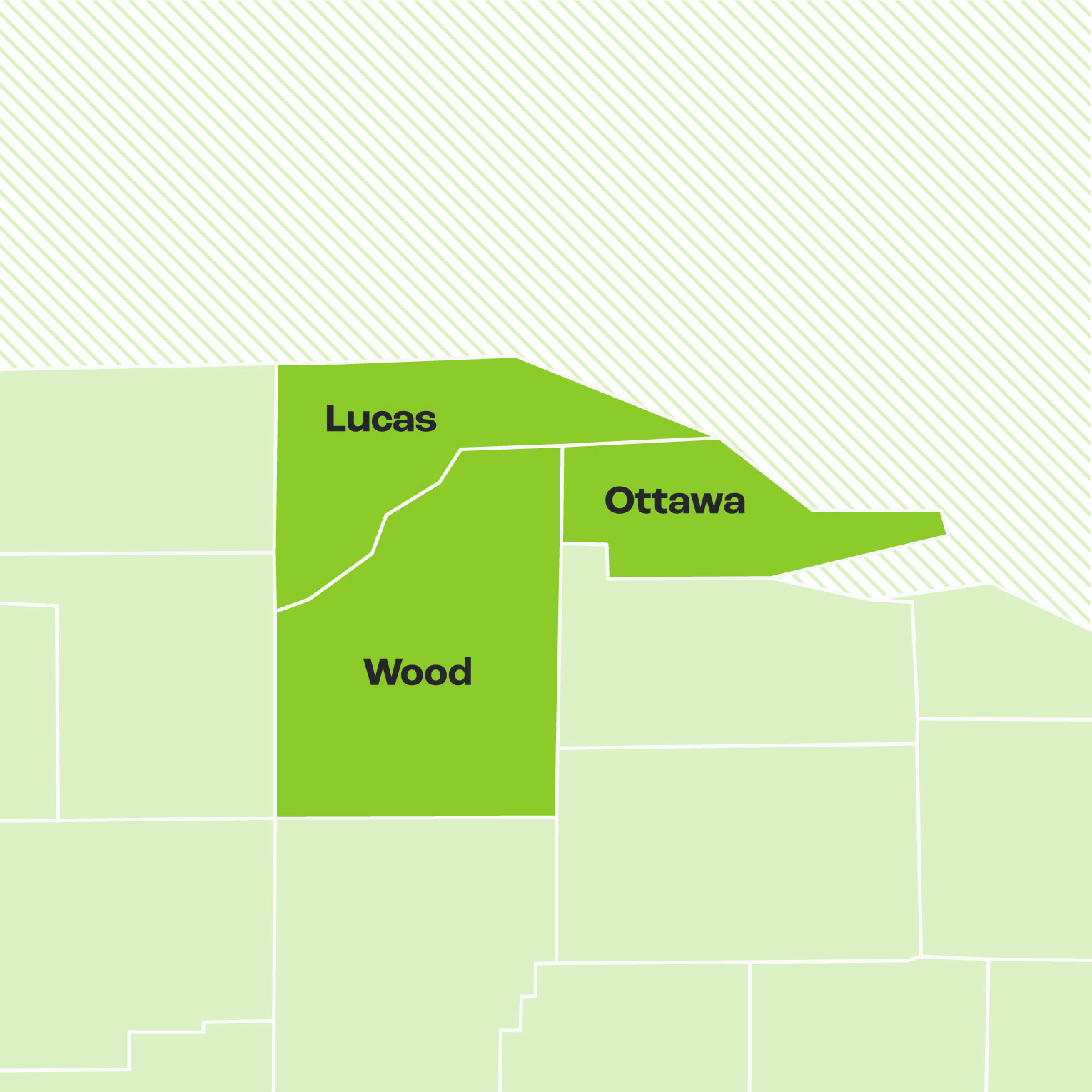The Data
The Comprehensive Economic Development Strategy (CEDS)
CEDS includes a series of goals and strategies to guide the region’s approach to equitable and sustainable economic growth over the next five years. The success of these initiatives will be measured by a regularly updated dashboard, intended to serve as a record of our progress—and overall economic prosperity as a region.

Gathering Meaningful Data,
Analyzing It Against Relevant Benchmarks.
We’re looking beyond pure economic growth to track metrics like educational attainment, demographic changes, equity in economic opportunity, investments in infrastructure, and more.
We’re committed to tracking and sharing the region’s successes and shortcomings, including how we compare to our current and aspirational peers.
Success doesn’t happen overnight and progress isn’t always linear. It’s trends that matter. By collecting data over time, we can show the region’s growth—and decline—in each key area.
These key performance metrics were developed by the Strategy Committee to track the region’s progress toward the goals of the CEDS, and ultimately, our vision for the Toledo region.
Look to the Trends to
Understand the Story
Population
A growing population makes for a larger economy and more tax revenue to be used on public improvement projects and services. If the gross domestic product (GDP) per capita keeps pace with the GDP, a greater quality of life often follows.
Labor Force
While high job vacancy does allow for more significant wage growth, a substantial right-skilled labor force is essential for economic growth, which has far-reaching benefits for the entire community.
Quality of Life
A high quality of life shows your city is doing more than a few things right, from economic prosperity and equitable distribution to ample green space, housing, and job opportunities.
Talent & Skill Development
Diverse, industry-aligned skill development creates a better-prepared workforce that can readily meet the needs of the region’s employers, often resulting in lower unemployment and higher job satisfaction.
Resilient Economy
When a region can more effectively withstand or recover from economic downturns or disruptions, there are closed businesses, unemployed individuals, and impoverished families.
Equity (Equitable Access)
A high degree of equitable access shows that a region accepts diverse identities and supports residents from all backgrounds, typically resulting in a higher quality of life and smaller wealth disparities.
It’s Essential to Not Just Have But Also Regularly Update the CEDS
To build on the strengths of the region and identify gaps in resources, expertise, and programs.
To increase resiliency and better prepare the region to plan for, respond to, and recover from natural disasters and economic shocks.
To facilitate regional collaboration, expand supply chains, and grow and support new industry clusters.
To serve as a call to action and an engagement platform for regional economic development initiatives.
To better position the region to attract federal funds and technical assistance by demonstrating the effective and efficient use of resources.





